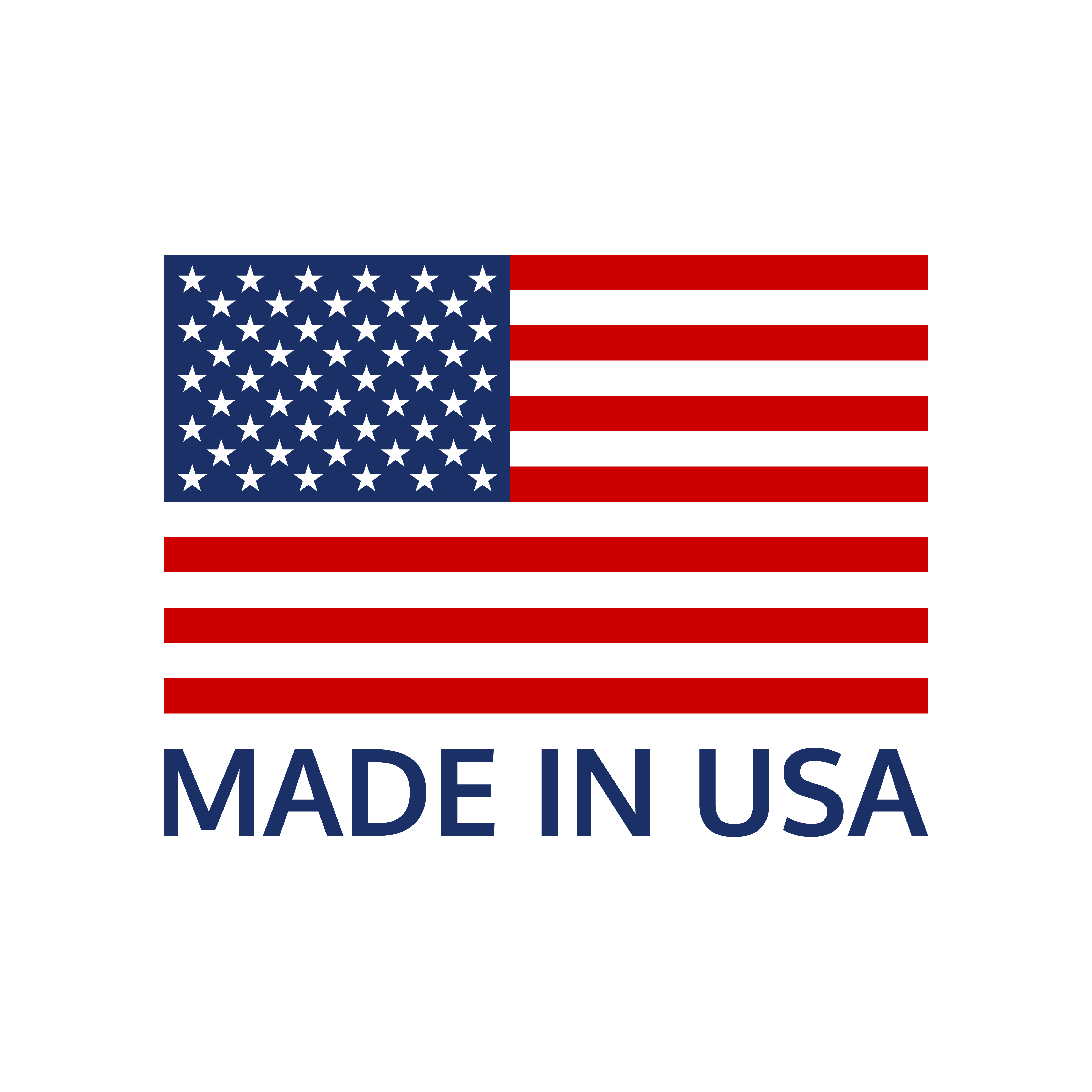If you’ve ever looked at the price tag on a tool bag and thought, “Why is this so high?” you’re not alone. When you’re just looking for something for your gear, it can be a hard pill to swallow when you’re met with prices that seem (at first glance) astronomical, especially when you consider that some cost more than the power tools themselves.
What Drives the Cost of a Tool Bag?
1. Materials Matter
High-end tool bags use materials that hold up in rough environments. Here’s what you’re paying for:
- Heavy-duty fabric: Tough synthetics like ballistic nylon or Cordura resist cuts, moisture, and daily wear.
- Weather protection: Many tool bags use waterproof coatings or sealed seams to protect your gear.
- Reinforced bottoms and hardware: Molded plastic bases, metal rivets, and solid zippers all add cost and durability.
These materials aren’t cheap, but they help the bag last. That can reduce long-term costs.
2. Trusted Brands Carry Weight
Big names like Veto Pro Pac, DeWalt, and Milwaukee often cost more. Here’s why:
- Proven reliability: These companies test their tool bags in the field. Their products work.
- Patented features: Veto’s center panel system helps with tool layout and access.
- Warranties and service: These brands often include multi-year guarantees.
With a well-known brand, you’re paying for proven performance and support.
3. Design and Features Add Value
Tool bags today are purpose-built. They’re designed to meet job-site needs:
- Built-in storage systems: Extra pockets, holders, and compartments reduce clutter and protect tools.
- Weather-resistant construction: Sealed seams and waterproof bases help on wet or dirty job sites.
- Strong stitching: Double or triple-stitched seams keep the bag from falling apart under load.
- Comfort features: Some bags include padded straps and balanced designs for all-day use.
These features require planning, testing, and quality control. That adds to the price.
4. Ethical Labour Costs
When companies invest in their products at the manufacturing stage, it is reflected in the higher costs. Ethical production not only means employing quality people with sewing skills, but it also means offering fair wages, all of which reasonably drive up the labour costs.
Tool Bag Price Tiers: What You Get
Budget ($20–30)
This is often a generic tool bag, usually canvas, that is more similar to a standard everyday backpack. A basic choice and you might get a few pockets. It works for light DIY use. It won’t last under the regular strain of heavy tools.
Mid-Range
These bags are an excellent starting point for someone looking for good build quality and extra compartments. It’s a solid choice for part-time or hobbyist use.
Premium: Veto Pro Pac Tech Pac ($200+)
Veto Pro Pac bags are designed for daily job-site use. These are ergonomically designed, providing unbelievable comfort. They also include molded weatherproof bases and enough storage, that you’ll never be forced to leave something behind.
Is a Tool Bag Worth the Cost?
Yes, if you use it often. A well-made tool bag protects tools, keeps you organized, and handles wear. Cheaper bags often fail. Replacing them adds up.
If you only do light home repairs, a mid-range bag works well. If you’re in the trades or use tools daily, a premium bag like the Veto Pro Pac Tech Pac Backpack makes sense.
If you’re shopping for one, start by looking at how often you’ll use it. Then choose the features you need. Focus on durability and layout and avoid paying for extras you won’t use.
FAQs
1. What makes a tool bag “professional-grade”?
Strong fabric, sealed seams, and reinforced stitching. Brands like Veto Pro Pac include these features.
2. Are expensive tool bags worth it?
Yes, if you use tools often. They last longer and offer better protection.
3. Can I use a regular backpack instead?
You can, but it won’t last or protect tools the same way.
4. How long does a good tool bag last?
A premium bag can last 5 to 10 years with regular use.

 Tool bags
Tool bags
 Tool Storage
Tool Storage
 Made in USA
Made in USA Tool Bags By Trade
Tool Bags By Trade

